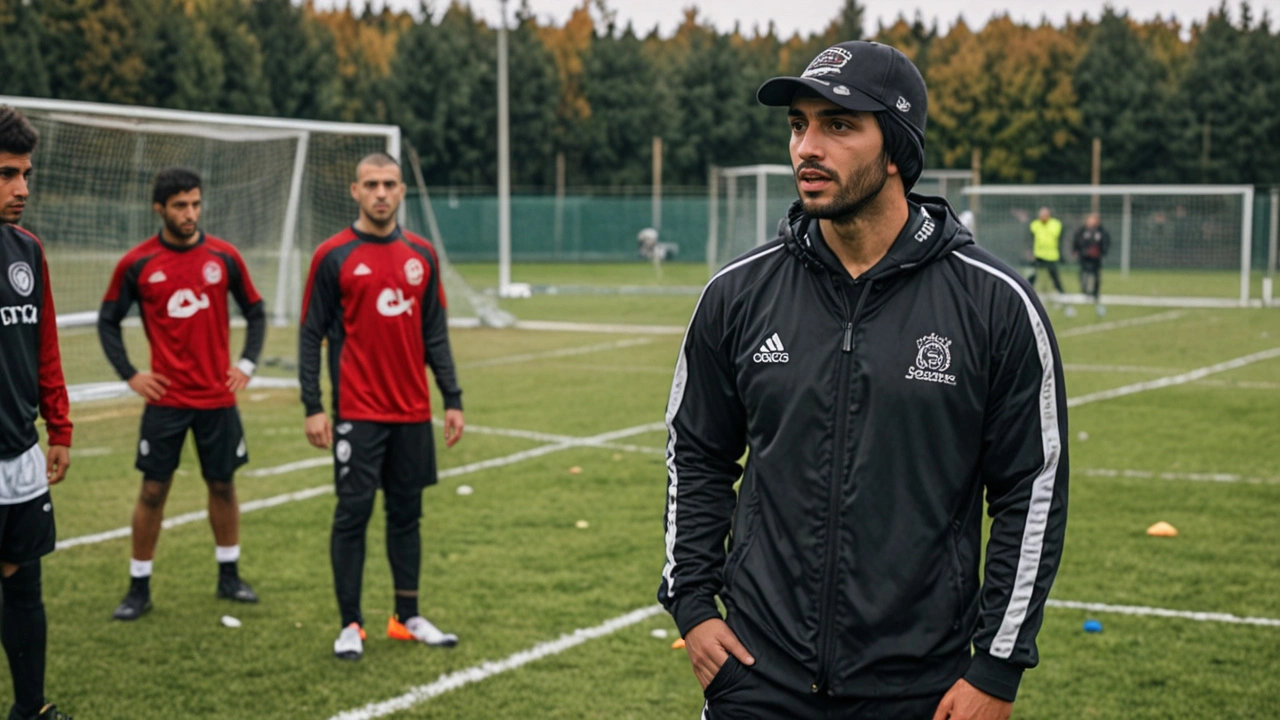Head Coach: What They Do and Why It Matters
Think a head coach only picks the starting eleven? Not even close. The head coach sets the game plan, builds the daily training routine, manages staff and players, handles the media, and often decides transfer priorities. Good coaches turn talent into consistent results; bad ones create confusion and wasted money.
Look at recent stories: when Manchester United chased Bryan Mbeumo, the club had to ask if the signing fits the coach’s system. Inter Miami’s weekend without Messi forced the coach to tweak tactics. In the Pacers vs Thunder series, coaching adjustments helped force a Game 7. Pre-season friendlies like Ajax crushing Celtic show how coaches test systems and squad depth before the season starts.
What a head coach actually does
Every week a coach plans training, studies opponents, decides on tactics, and runs practice. They work with fitness staff to manage injuries, with scouts to find players, and with analysts to use data that backs their choices. During matches they make tactical shifts, substitutions, and motivate players when things go wrong. Off the field they lead team meetings, set behaviour standards, and speak to the media.
In smaller clubs the head coach may also handle transfers and youth promotion. In top clubs they focus more on tactics and leave business to directors. But in both cases the coach must create a clear style—how the team presses, builds attacks, and defends set pieces.
How clubs and fans should judge a head coach
Don’t just look at wins. Check these practical signs in the first 100 days: is training sharp and structured? Are lineups logical, not random? Is the team improving key stats like points per game, goals conceded, and clean sheets? Is youth getting chances? Is the coach honest and consistent in interviews?
Ask concrete questions when hiring: Give an example where you changed tactics mid-game and it worked. How will you improve our defence in three months? Which youth players will you promote? What measurable targets do you set for season one?
Use measurable KPIs: points per game, goal difference, expected goals (xG) trends, player availability rate, and player market value changes. Those show if the coach improves results, style, and squad health.
For fans: patience matters but so does clarity. If the coach explains plans, improves key stats, and shows progress with younger players, give time. If confusion, rotating lineups without reason, or worse results continue, questions are fair.
Hiring or backing a head coach is about fit and evidence. Watch what the coach does daily, how they handle setbacks, and whether the team moves toward a clear identity. That’s how you spot a head coach who can win.
Quick checklist for the first season: set clear targets, align transfers to tactics, limit rotation unless forced, hold weekly performance reviews, and protect young players from pressure. Track monthly stats and meet the sporting director every two weeks. Communicate with fans honestly—good or bad. Results follow clear work and time too.
Kaizer Chiefs Announce Nasreddine Nabi as New Head Coach Ahead of Upcoming Season
Kaizer Chiefs have officially announced Nasreddine Nabi as their new head coach on July 7, 2024. The club expressed excitement about welcoming Nabi to their team, a move anticipated after reports earlier indicated he had signed an agreement. This appointment is a notable step for the Chiefs as they gear up for the new season.
